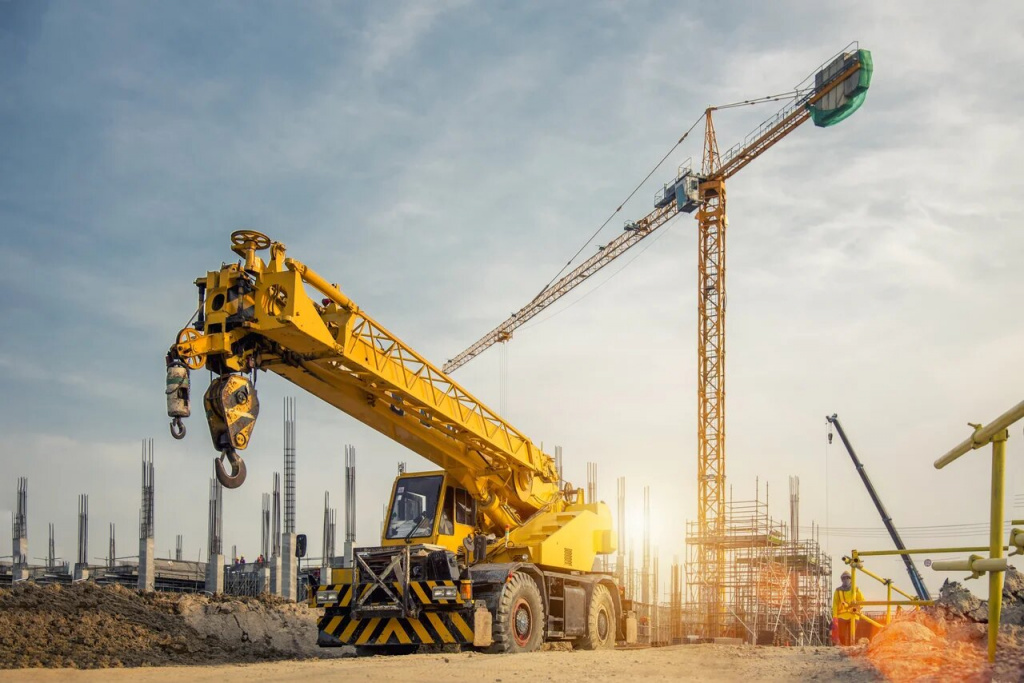When you have a short-term project that requires heavy lifting, renting heavy machinery lifting cranes can be a game-changer. These powerful tools can save you time, effort, and money. In this blog, we’ll break down the process of renting heavy machinery lifting cranes.
The Need for Heavy Machinery Lifting Cranes
Before we dive into renting, let’s understand why you might need heavy machinery lifting cranes for your short-term projects.
Heavy Lifting:
Cranes are designed for tasks that are beyond human capability. They can lift and move massive objects with ease, making them essential for construction, infrastructure, and industrial projects.
Time and Efficiency:
Using cranes can significantly speed up your project. What might take days or even weeks manually can often be done in hours with a crane.
The Rental Process
How to Get Your Hands on a Crane
Renting a heavy machinery lifting crane might sound complicated, but it’s actually quite straightforward.
Find a Rental Company:
Look for rental companies in your area that offer heavy machinery lifting cranes. The internet and local directories are good places to start.
Contact the Rental Company:
Give them a call or visit their website to inquire about crane availability, rental rates, and terms.
Provide Project Details:
Share essential project details with the rental company, such as the type of work, weight lifting requirements, and project duration. This will help them recommend the right crane for your needs.
Get a Quote:
The rental company will provide you with a quote based on your project details. Be sure to ask about any additional costs, such as transportation or operator fees.
Choosing the Right Crane
Selecting the Perfect Fit:
Not all cranes are created equal, and choosing the right one for your project is crucial.
Crane Types:
There are various types of cranes, including mobile cranes, tower cranes, and rough terrain cranes. The choice depends on your project’s specific requirements.
Capacity Matters:
Consider the weight and size of the items you need to lift. Cranes come with different weight capacities, so make sure you choose one that can handle your load.
Safety First
Safety is paramount when working with heavy machinery lifting cranes.
Certified Operators:
If you’re not trained to operate a crane, it’s best to hire a certified operator. Safety should never be compromised.
Site Inspection:
Before using the crane, inspect the site for any hazards, like overhead wires or unstable ground. Clear the area of potential dangers.
Proper Rigging:
Ensure that the load is properly rigged and balanced. Incorrect rigging can lead to accidents.
Conclusion:
Renting heavy machinery lifting equipment cranes for short-term projects can be a wise decision. They provide the power and efficiency needed to tackle heavy lifting tasks, saving you time and effort. By following a straightforward process, finding a rental company, selecting the right crane, and prioritizing safety—you can make your short-term project a success.
